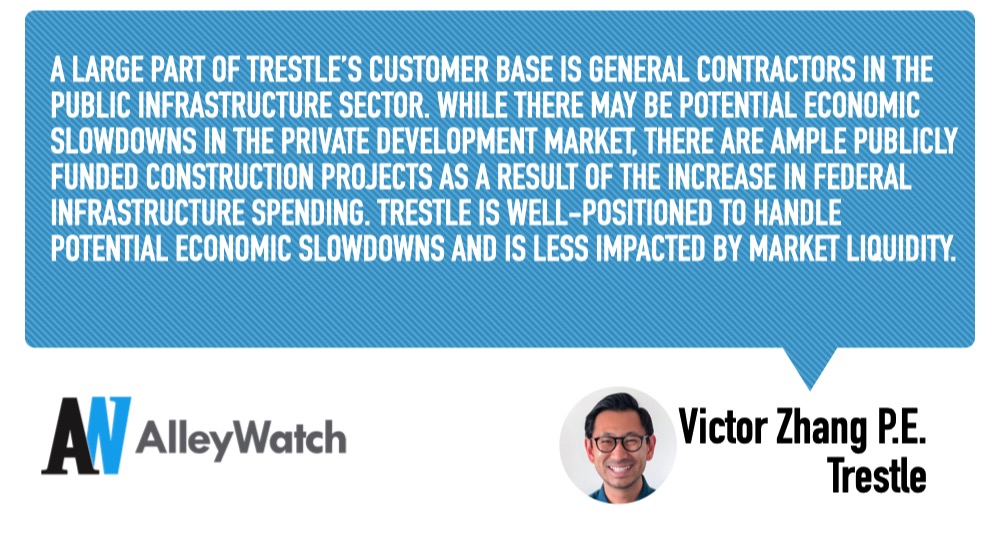Navigating the Uncertainties: Mitigating Risks in Subcontractor and Supplier Collaboration


It’s no secret that subcontractors and suppliers add layers of complexity to projects and demand careful consideration. Unlike the members of an in-house workforce, these external entities operate beyond your immediate sphere of control. Outside of acts of nature which are truly unpredictable, subcontractors and suppliers bring the most difficult risks to manage on a project. Let's take a look at the inherent risks associated with the uncertainties of working with subcontractors and suppliers and strategies to proactively manage them.
Lack of Direct Oversight
One of the primary challenges in collaborating with subcontractors and suppliers is the limited direct oversight that a general contractor has over their operations. Unlike in-house teams, 3rd party vendors often function independently, presenting a potential risk in terms of quality control, adherence to timelines, and overall project alignment. Without knowing what to look out for when working with a particular vendor, it’s difficult to provide sufficient oversight without literally watching the work as it’s being done.
Proactive Strategy: Communication is key. Establish robust communication channels and project management protocols both with external parties and within your own organization. Regular check-ins, progress updates, and clear performance expectations foster a collaborative environment with the vendor. Collecting and sharing feedback internally on how specific vendors perform on current projects help to bridge the gap in direct oversight by making your teams aware of what to look out for on future projects.
Variable Skill Sets and Performance
Subcontractors and suppliers bring diverse skill sets to the table, but this diversity can be a double-edged sword. The risk lies in the variability of performance levels and the potential impact on project outcomes. Uneven quality, delays, or disruptions can arise when external contributors do not align seamlessly with the overall project vision. This is especially problematic since by the time an issue comes to the surface, project performance and schedule have already been impacted and there is little that can be done to recover the losses.
Proactive Strategy: Implement a rigorous vetting process when selecting subcontractors and suppliers. Evaluate past performance, conduct thorough reference checks both externally and with your own teams, and establish clear contractual terms. Developing a comprehensive understanding of their capabilities can help in aligning expectations and minimizing the risks associated with variable performance. This doesn’t just mean checking the financial and EMR numbers, which only tell you that the vendor is a real company but rarely about how the vendor will perform. Knowing what areas a vendor struggles or excels in helps your projects to take preventative measures before issues with a subcontractor or supplier impacts the project, especially if it’s a repetitive problem. Your project teams can’t anticipate a problem if every team thinks they are the first ones to encounter it.
Vendor Bandwidth and Availability of Resources
If you have a vendor you like to work with, chances are your competitors like to work with them as well. This ends up creating a problem where your subcontractors and suppliers aren’t able to take on more work and become stretched too thin. One of the most frustrating things that can happen is to think you’re getting one vendor for a particular scope of work only to have to sign on a different vendor and deal with a host of new unexpected issues. If the vendor you choose isn’t the best, that’s a problem, but if they are too good, that’s also a problem, for you.
Proactive Strategy: Build a buffer into your bids by carrying some contingency costs for going to the next lowest vendor just in case your preferred vendor is too busy to take on new work, at least this is the conventional approach for addressing this concern. A better approach is to review the total number of active contracts you currently have with this vendor along with the total contract value and the contract value still remaining. Reviewing this and comparing it to previous years data will give you a more comprehensive idea of whether you need to diversify the vendors you are using for this particular scope of work.
Controlling What's Outside of Your Control
Acknowledging and proactively addressing the uncertainties associated with subcontractors and suppliers is paramount in mitigating risks and ensuring successful project outcomes. By implementing strategic measures, general contractors can navigate the complexities of external collaborations with confidence, turning potential risks into opportunities to increase profits by learning from past mistakes and preventing losses on current projects.
It’s important to acknowledge that most organizations understand the importance of data-driven decision making when it comes to subcontractors and suppliers, even if it’s not thought specifically in those terms. Anyone that’s proactively talking to PMs or operational managers for feedback before making new decisions is collecting data for making new decisions. However, only a select few companies have been able to implement organized processes and systems to utilize the data that’s available to its full potential and gain an edge over the competition.
Keep Reading





